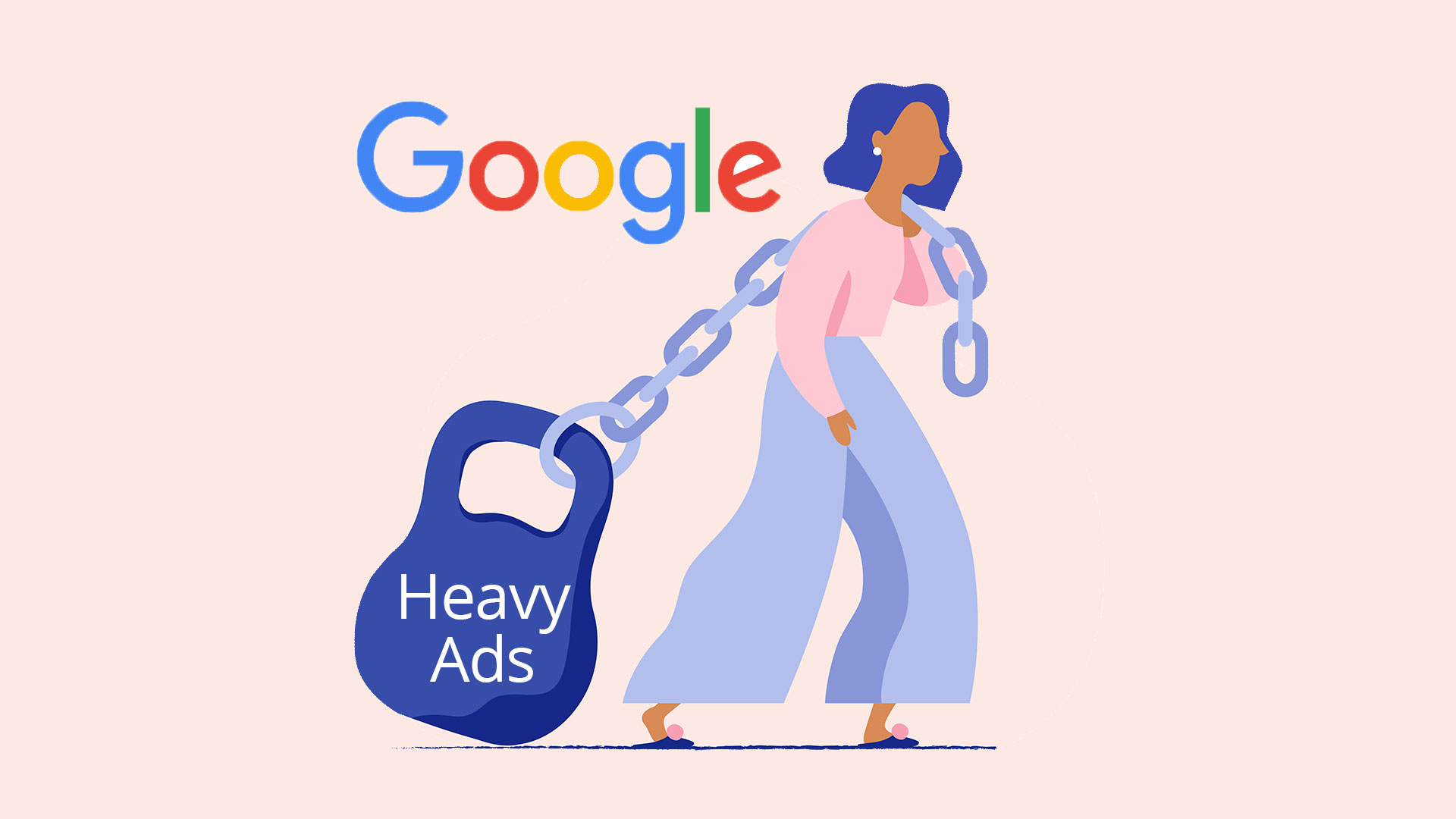Understanding Heavy Ad Intervention in Chrome
Heavy Ad Intervention is a feature implemented by Google Chrome aimed at improving user experience by blocking ads that consume excessive resources. As publishers, understanding how this intervention impacts your ad revenue and user engagement is crucial for navigating the evolving landscape of digital advertising.
What Are Heavy Ads?
Heavy ads are defined as those that significantly drain device resources, such as CPU usage or network bandwidth. Google has set specific thresholds for these ads, which include consuming more than 4MB of network data or exceeding 15 seconds of CPU usage within a 30-second window. When ads surpass these limits, they are automatically blocked, and users are presented with an error message indicating that the ad has been removed due to its heavy resource consumption.
The Impact on Publishers
Revenue Loss from Blocked Ads
For publishers, the implementation of Heavy Ad Intervention can lead to substantial revenue losses. Ads that are blocked not only result in lost impressions but also diminish potential click-through rates and conversions. Reports indicate that publishers can lose anywhere from 10% to 40% of their revenue due to ad blockers and interventions like this one. This financial impact highlights the importance of optimizing ad formats to align with user experience standards.
Challenges in Delivering Advertisements
Heavy Ad Intervention can create challenges for publishers in fulfilling advertising contracts and delivering expected results to clients. When ads are blocked, it can lead to empty ad spaces on a publisher’s site, which can be embarrassing and detrimental to relationships with advertisers. For instance, high-profile publications like The New York Times have experienced issues with delivering premium placements due to heavy ads being removed.
Strategies for Mitigating the Impact
Optimize Ad Creatives
To minimize the risk of ads being classified as heavy, publishers should focus on optimizing their ad creatives. This includes reducing file sizes, avoiding overly complex animations, and ensuring that ads load efficiently without draining resources. By adhering to best practices for ad design, you can improve the chances of your ads being served successfully.
Monitor Ad Performance
Utilizing analytics tools to monitor ad performance is essential for identifying which ads may be causing issues. By analyzing metrics such as load times, resource consumption, and user engagement, publishers can make informed decisions about which ads to modify or replace.
Emphasizing User Experience
Prioritizing User Satisfaction
Ultimately, Heavy Ad Intervention aims to enhance user experience by preventing resource-heavy ads from degrading website performance. Publishers should prioritize user satisfaction by ensuring that their ad placements do not disrupt browsing experiences. This approach not only helps retain users but also encourages them to engage with advertisements rather than install ad blockers.
Building Trust with Advertisers
By proactively addressing issues related to heavy ads and demonstrating a commitment to user experience, publishers can build trust with advertisers. This trust is crucial for maintaining long-term partnerships and maximizing revenue opportunities in an increasingly competitive digital landscape.
Adapting to Change in Digital Advertising
The introduction of Heavy Ad Intervention by Google Chrome presents both challenges and opportunities for publishers. While it may lead to revenue losses from blocked ads, it also encourages a shift towards optimizing ad formats and prioritizing user experience. By adapting to these changes and implementing effective strategies, publishers can navigate the evolving advertising landscape while continuing to engage their audience effectively. Embrace this transition as a chance to enhance your monetization efforts while fostering positive relationships with both users and advertisers.

